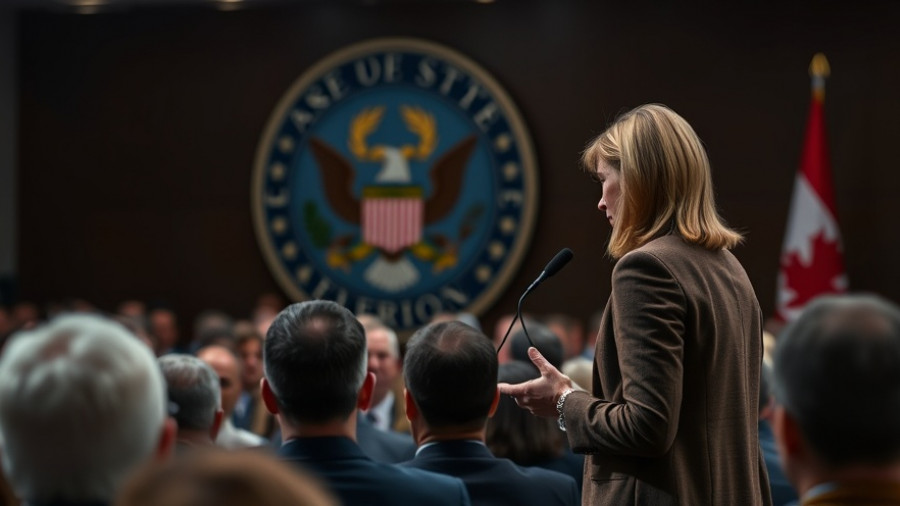
New York’s Energy Dilemma: Navigating Leadership and Legislative Challenges
As New York grapples with a transformative climate agenda, federal actions are presenting continuous hurdles. Recently, U.S. Department of Energy Secretary Chris Wright criticized investments made during the Biden administration aimed at bolstering renewable energy. His remark that these funds were meant to make electricity "more expensive and less reliable" highlights the changing tide in federal energy policy.
Not long after, the Trump administration's announcement to terminate 321 federal awards for clean energy, resulting in a massive $7.5 billion cut, left many organizations, including Empire Clean Cities, reeling. This nonprofit was set to receive funds aimed at mitigating air pollution in neighborhoods like Hunts Point in the Bronx, an area struggling with significantly higher asthma rates due to truck emissions. Losing over 90% of their awarded grant not only stalled their important projects but also confirmed fears about the state's commitment to addressing environmental injustices.
Community Voices: Local Impact and Activism
The stark realities faced by communities in New York make the stakes all the more poignant. Joy Gardner, Executive Director of Empire Clean Cities, expresses the frustration of local residents watching the health of their neighborhood threatened by the loss of funds. "To see this opportunity vanish, especially with the pressing issues of air quality affecting everyday lives, is disheartening," she stated. Local engagement with the electrification plan had promised hope, positioning businesses and residents for healthier alternatives in transportation.
As advocacy continues, residents are calling for more action to meet New York's Climate Act goals, which target a staggering 40% reduction in greenhouse gas emissions by 2030. With ambitious targets requiring significant investment in renewable energy, many argue that these cuts undermine both progress and public health.
Political Pushbacks: Facing the Reality of Leadership
Governor Kathy Hochul is navigating complex dynamics as state leaders and activists voice their disappointment with what they perceive as her slow progress towards climate commitments. While Hochul has allocated substantial funds, including $1 billion for clean energy projects, many are skeptical about their effectiveness given the recent federal setbacks.
At a recent People’s Hearing for Public Renewables, organized by advocates, sentiments of impatience were palpable. State Senator Jabari Brisport commented, "We have a movement behind us that is fighting for something better, yet our governor seems to lag. This is a pivotal moment where leadership is essential." There’s mounting pressure on Hochul to transform this dissatisfaction into actionable change.
Future Outlook: Navigating the Path Forward
The interplay between state ambitions and federal realities depicts a precarious future for New York's climate goals. With Hochul's climate strategy laid out, New York is facing a crucial test against a backdrop of legislative hurdles and financial slashes that threaten both economic and environmental sustainability.
Civic engagement remains crucial as communities advocate for necessary projects and demand accountability from leadership. The coming months will be vital in assessing whether New York can recalibrate its energy policies and align with its clean energy vision despite federal impediments.
As stakeholders ponder the implications of recent developments, one underlying truth persists: the collective voice of New Yorkers advocating for clean air, renewable energy, and environmental justice is more powerful than ever as they navigate this challenging landscape.
With community support and activism alive, there’s hope that New York can overcome current challenges and fulfill its promise as a leader in the fight against climate change.
 Add Row
Add Row  Add
Add 




Write A Comment